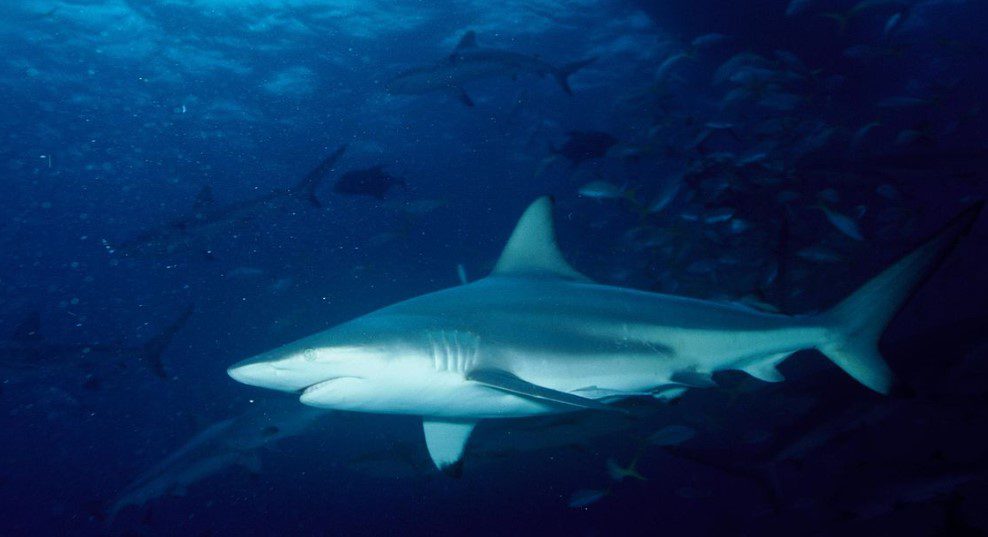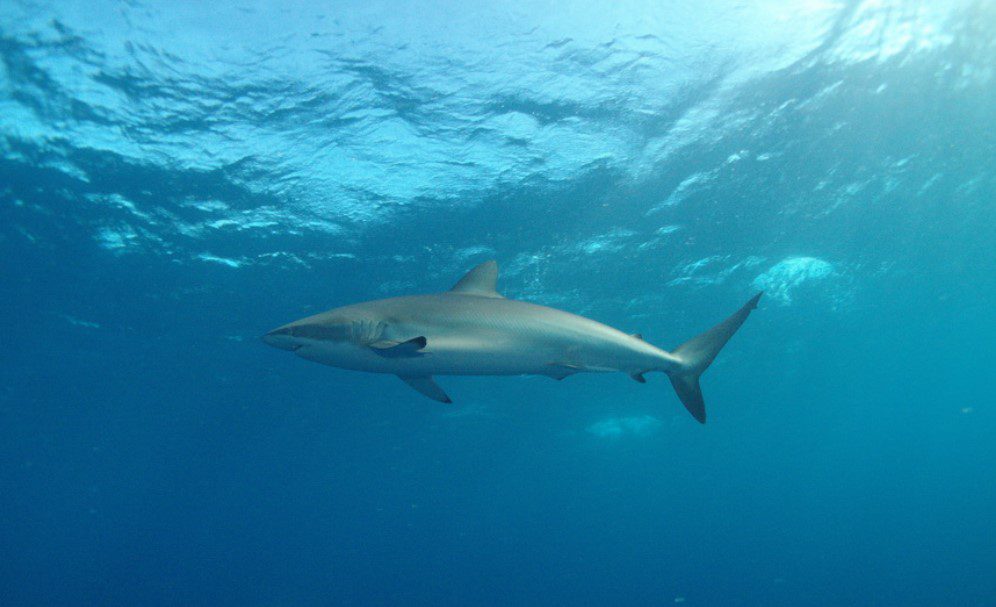The yellow spotted stingray (also known as the yellow stingray or the maid stingray) can be found in tropical, sandy-bottom and seagrass habitats. Occupying shallow depths ranging between 1 and 25 meters, it can be found near sandy beaches and the edges of coral reefs. Like most rays of the Urotrygonidae family, the yellow spotted stingray has a flat, round body and no dorsal fin. It also possesses a venomous tail spine, though it only uses it for defense. Individuals can vary widely in pattern and coloration, presenting from a pale beige-ish color with greenish brown spots to dark in color with pale white or gold spots. The yellow spotted stingray is predated upon by larger fish. While the yellow spotted stingray is listed as “least concern” on the IUCN Red List, it is worth noting that this stingray is often caught as bycatch. Furthermore, its habitat and food sources are becoming increasingly threatened by climate change and anthropogenic activities.

Blacktip shark
The blacktip shark is a sturdy, gray, medium-sized shark characterized by the black markings on the tips of its fins and a distinct white ‘z’


